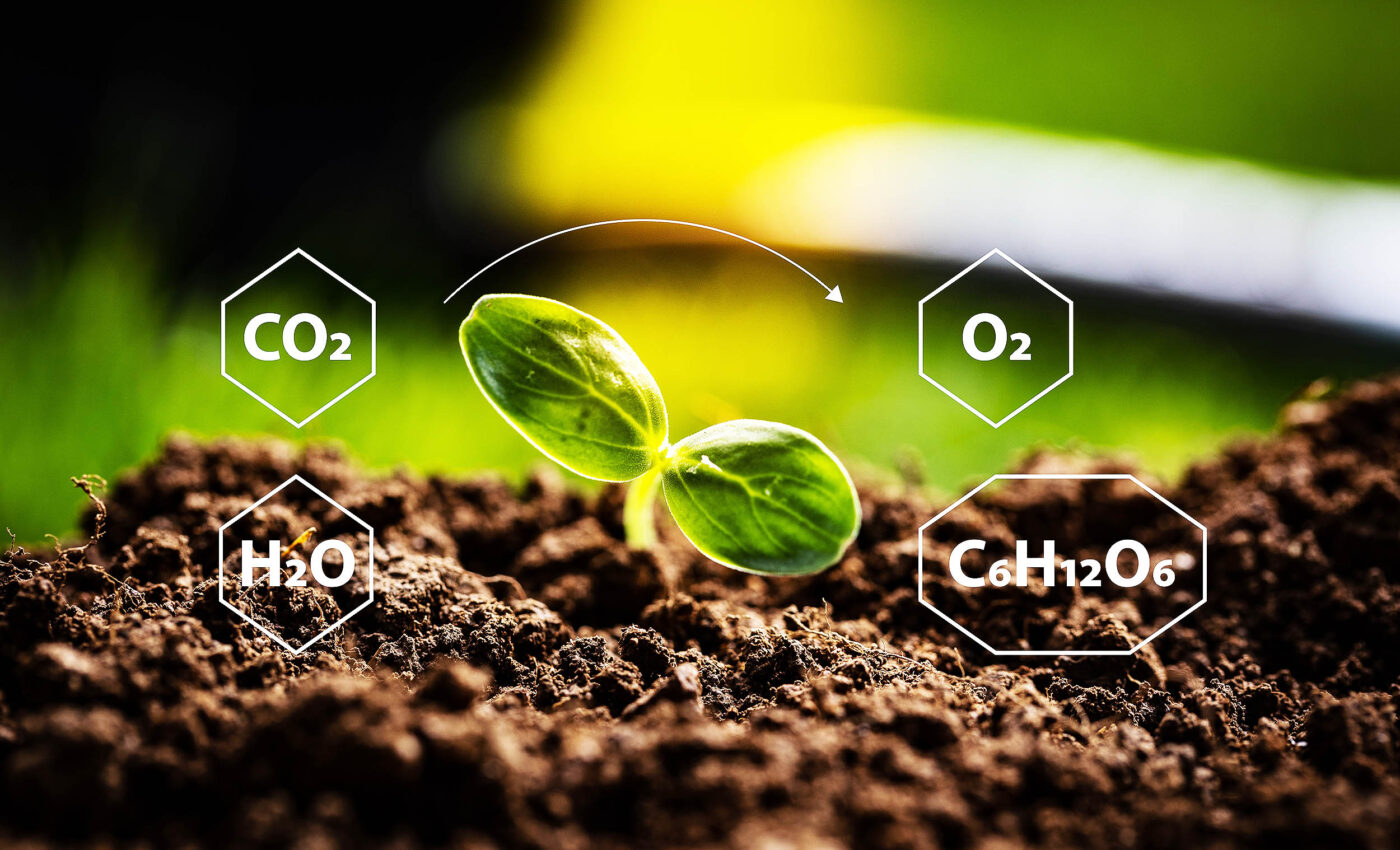
Hidden pool of global soil carbon alters climate change models
A recent study has revealed a significant yet often overlooked component of the Earth’s carbon cycle: soil inorganic carbon (SIC).
Traditionally, discussions about soil carbon have focused predominantly on soil organic carbon (SOC), which refers to the decomposed organic matter in soil.
SIC, primarily composed of materials like calcium carbonate, plays a vital role in the global carbon cycle. This role is especially crucial in arid regions with infertile soils, where SIC significantly impacts soil health and carbon storage.
Soil inorganic carbon surpasses vegetation carbon
The groundbreaking research led by Prof. Huang Yuanyuan from the Institute of Geographic Sciences and Natural Resources Research of the Chinese Academy of Sciences, along with Prof. Zhang Ganlin of the Institute of Soil Science, CAS, quantifies the global store of soil inorganic carbon (SIC).
Their findings reveal that the amount of SIC exceeds the carbon found in the world’s vegetation fivefold. This significant discovery challenges the long-held perception that SIC is less significant than soil organic carbon (SOC).
Specifically, the study published in the journal Science identifies an astonishing 2,305 billion tons of SIC in the top two meters of soil globally. This finding challenges the long-held perception that SIC is less significant than SOC.
The fragility of carbon fortresses
Prof. Huang highlights the precarious state of this vast carbon store, explaining, “This huge carbon pool is vulnerable to changes in the environment, especially soil acidification. Acids dissolve calcium carbonate and remove it either as carbon dioxide gas or directly into the water.”
Countries like China and India, facing significant soil acidification from industrial activities and intensive farming, are at a particular risk.
Prof. Huang warns, “Without remedial actions and better soil practices, the world is likely to face a disturbance of SIC in the next thirty years.”
SIC degradation impairs the soil’s ability to neutralize acidity, regulate nutrients, support plant growth, and stabilize organic carbon. Essentially, the health of our ecosystems and the efficacy of carbon sequestration strategies heavily depend on the stability of SIC.
Lost soil inorganic carbon
The study further highlights the annual loss of approximately 1.13 billion tons of inorganic carbon from soils to inland waters.
Consequently, this significant figure underscores the complexity of carbon transport dynamics among the land, atmosphere, freshwater, and ocean systems.
Thus, the findings suggest that a more nuanced understanding of both types of soil carbon — organic and inorganic — is crucial for developing effective climate change mitigation strategies.
Balancing soil inorganic carbon equation
The urgency to address both forms of soil carbon in climate initiatives is clear. It is now evident that inorganic carbon deserves equal attention as organic carbon in our efforts to combat climate change.
International efforts like the “4 per mille initiative,” which focuses primarily on enhancing SOC, must also integrate strategies for preserving and augmenting SIC.
By broadening our understanding of soil carbon dynamics, the research team aims to develop more comprehensive strategies.
These strategies are intended to maintain soil health, enhance ecosystem services, and mitigate the impacts of climate change.
This shift could potentially transform soil management practices globally, ensuring they include protections and enhancements for both SOC and SIC.
Securing carbon, securing our future
This pivotal research not only deepens our understanding of global carbon stores but also emphasizes the critical need for holistic, informed approaches in climate policy and land management.
As the study illustrates, safeguarding our planet’s soil carbon stores, particularly inorganic carbon, is not just about preserving an ecological asset but about securing a sustainable future against the escalating challenges of climate change.
More about soil inorganic carbon
As discussed above, SIC is a fundamental component of soil that has implications beyond just the carbon cycle; it’s crucial for understanding broader environmental and agricultural dynamics. Here’s a bit more about SIC:
Formation and types
SIC can exist in various forms, predominantly as carbonates such as calcium carbonate (limestone) and magnesium carbonate.
These carbonates are often the result of sedimentation and chemical reactions over geological timescales, including the precipitation of carbonates from dissolved ions in water and biological processes involving organisms.
Distribution
The distribution of SIC varies significantly with climate, soil type, and local geology. It is more abundant in arid and semi-arid regions due to lower levels of organic matter and higher potential for carbonate formation through evaporation and less leaching by rainfall.
Roles and functions
Soil inorganic carbon contributes to buffering soil pH, which is crucial for plant nutrition and microbial activity in the soil.
It also influences the availability of essential nutrients like phosphorus, which can bind with calcium in calcareous soils. Soils with high SIC content can affect the soil structure and its ability to retain water.
Environmental impact
SIC serves as a significant carbon reservoir. Its stability or disturbance impacts carbon dioxide levels in the atmosphere, thus playing a role in climate dynamics. Moreover, soil inorganic carbonates can neutralize acid rain, reducing its harmful effects on ecosystems.
The full study was published in the journal Science.
—–
Like what you read? Subscribe to our newsletter for engaging articles, exclusive content, and the latest updates.
Check us out on EarthSnap, a free app brought to you by Eric Ralls and Earth.com.
—–













